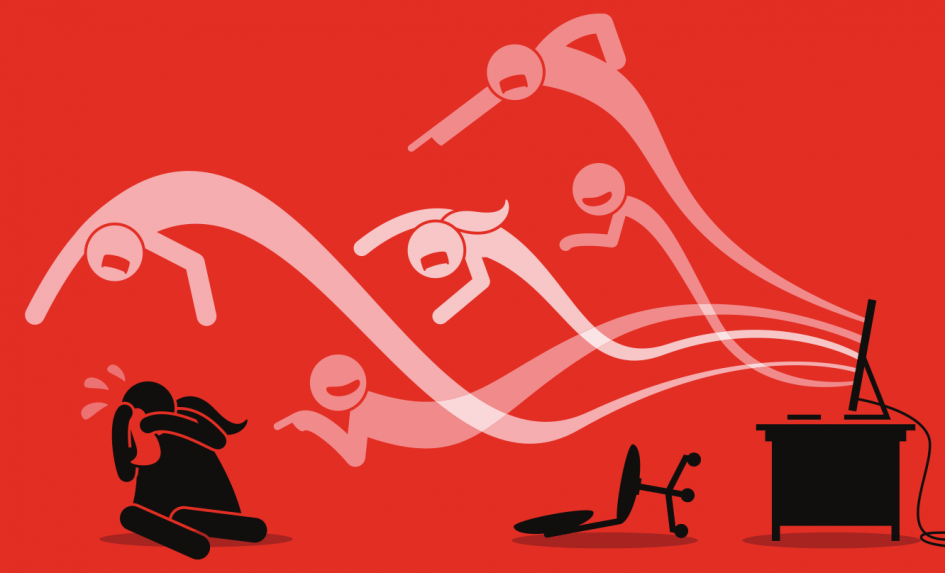In any work relating to online safety, it’s important to acknowledge the massive benefits that being online can bring. We mustn’t scaremonger and try to stop children using technology completely – that would go against the flow of the world. Instead, we need to embrace the opportunities of being connected, and focus our efforts on teaching the responsible and safe use of such technologies.
Technology-assisted ‘cyberbullying’ is similar to face-to-face bullying, but can be harder to get away from. It might involve the sending of hurtful or abusive direct messages via email, texts, a game’s chat function or a social network, and can occur indirectly through the spreading of rumours. It’s purposeful, carried out through repeated acts and involves an imbalance of power.
The root causes of bullying will often be related to underlying emotional and social issues. Children may choose to use the internet to bully others as it’s an ‘easy option’, and the distance involved means that they can’t see how much they’re hurting others. Research has found that people’s behaviour changes when they’re online, with children in particular feeling that the social norms and expectations of real life no longer apply.
You can help prevent cyberbullying by getting to know what your pupils are doing online and how they’re doing it. Run a survey, create a focus group and speak to them directly. Children are generally happy to talk to staff about their online behaviours – they enjoy sharing what they do and how they do it.
Ask them about the apps they’re using, how they use them to communicate with each other and how they typically respond to threatening or upsetting messages. Check whether they understand that they’re responsible for what they write online, and ensure that they have a good understanding of their own digital footprint.
Talk to your pupils openly and honestly, and help them to identify the signs of bullying and its consequences.
Promote responsible and sensible online behaviours through lessons that teach children the following about dealing with upsetting messages:
- Not to respond, since responses can fuel the fire
- To report or flag such messages where possible
- To save any evidence of bullying, as this will be useful later
- To block bullies from their list of friends or followers
- To gain support from a trusted adult
Children who are well-equipped to deal with issues they encounter online will be less likely to let said issues affect their self-esteem.
If you’re in need of supporting resources, try the three-part Play Like Share cartoon series and accompanying lesson plans from Thinkuknow, the NCA-CEOP Command’s education programme, which is designed for 8-10 year olds and provides schools with an excellent way of opening up discussions about online behaviours.
There’s also Beware of Lurking Trolls – a 16-page illustrated text resource produced by Portsmouth City Council’s E-Safety campaign.
Pupil voice
“When she sent the first couple of messages, I tried to say sorry. I wanted to save our friendship. But the messages kept on coming. She’d even passed my number onto someone else, and they’d started texting me horrible messages too.”
–Claire, 11
“It made me feel bad. I thought she was one of my friends, but the messages were so mean that they made me cry.”
–Charlotte, 11
“I reported her for what she did and the website removed the upsetting messages”
–Alexia, 9
Matt Lovegrove is a senior manager and year 5/6 teacher at Beechwood Primary School, Woodley. an ambassador for the Child Exploitation and Online Protection command (ceop.police.uk)









